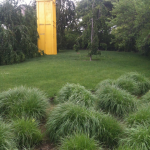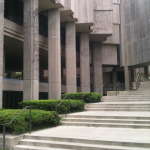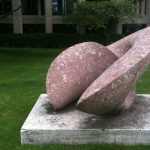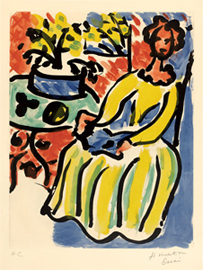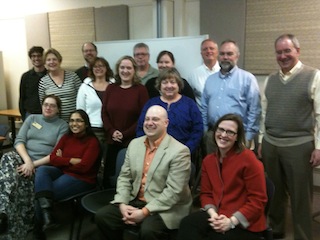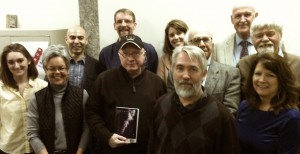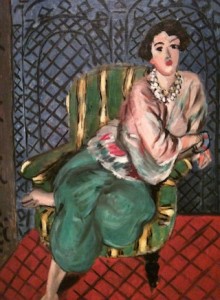HathiTrust Research Center Perl Library
Posted on September 12, 2013 in Uncategorized by Eric Lease Morgan
 This is the README file for a tiny library of Perl subroutines to be used against the HathiTrust Research Center (HTRC) application programmer interfaces (API). The Github distribution ought to contain a number of files, each briefly described below:
This is the README file for a tiny library of Perl subroutines to be used against the HathiTrust Research Center (HTRC) application programmer interfaces (API). The Github distribution ought to contain a number of files, each briefly described below:
- README.md – this file
- LICENSE – a copy of the GNU Public License
- htrc-lib.pl – our raison d’être; more below
- search.pl – given a Solr query, return a list of no more than 100 HTRC identifiers
- authorize.pl – given a client identifier and secret, return an authorization token
- retrieve.pl – given a list of HTRC identifiers, return a zip stream of no more than 100 text and METS files
- search-retrieve.pl – given a Solr query, return a zip stream of no more than 100 texts and METS files
The file doing the heavy lifting is htrc-lib.pl. It contains only three subroutines:
- search – given a Solr query, returns a list of no more than 100 HTRC identifiers
- obtainOAuth2Token – given a client ID and secret (supplied by the HTRC), return an authorization token, and this token is expected to be included in the HTTP header of any HTRC Data API request.
- retrieve – given a client ID, secret, and list of HTRC identifiers, return a zip stream of no more than 100 HTRC text and METS files
The library is configured at the beginning of the file with three constants:
- SOLR – a stub URL pointing to the location of the HTRC Solr index, and in this configuration you can change the number of search results that will be returned
- AUTHORIZE – the URL pointing to the authorization engine
- DATAAPI – the URL pointing to the HTRC Data API, specifically the API to get volumes
The other .pl files in this distribution are the simplest of scripts demonstrating how to use the library.
Be forewarned. The library does very little error checking, nor is there any more documentation beyond what you are reading here.
Before you will be able to use the obtainOAuth2Token and retrieve subroutines, you will need to acquire a client identifier and secret from the HTRC. These are required in order for the Center to track who is using their services.
The home page for the HTRC is http://www.hathitrust.org/htrc. From there you ought to be able to read more information about the Center and their supported APIs.
This software is distributed under the GNU Public License.
Finally, here is a suggestion of how to use this library:
- Use your Web browser to search the HTRC for content — https://htrc2.pti.indiana.edu/HTRC-UI-Portal2/ or https://sandbox.htrc.illinois.edu:8443/blacklight — ultimately generating a list of HTRC identifiers.
- Programmatically feed the list of identifiers to the retrieve subroutine.
- “Inflate” the zip stream into its constituent text and METS files.
- Do analysis against the result.
I’m tired. That is enough for now. Enjoy.






